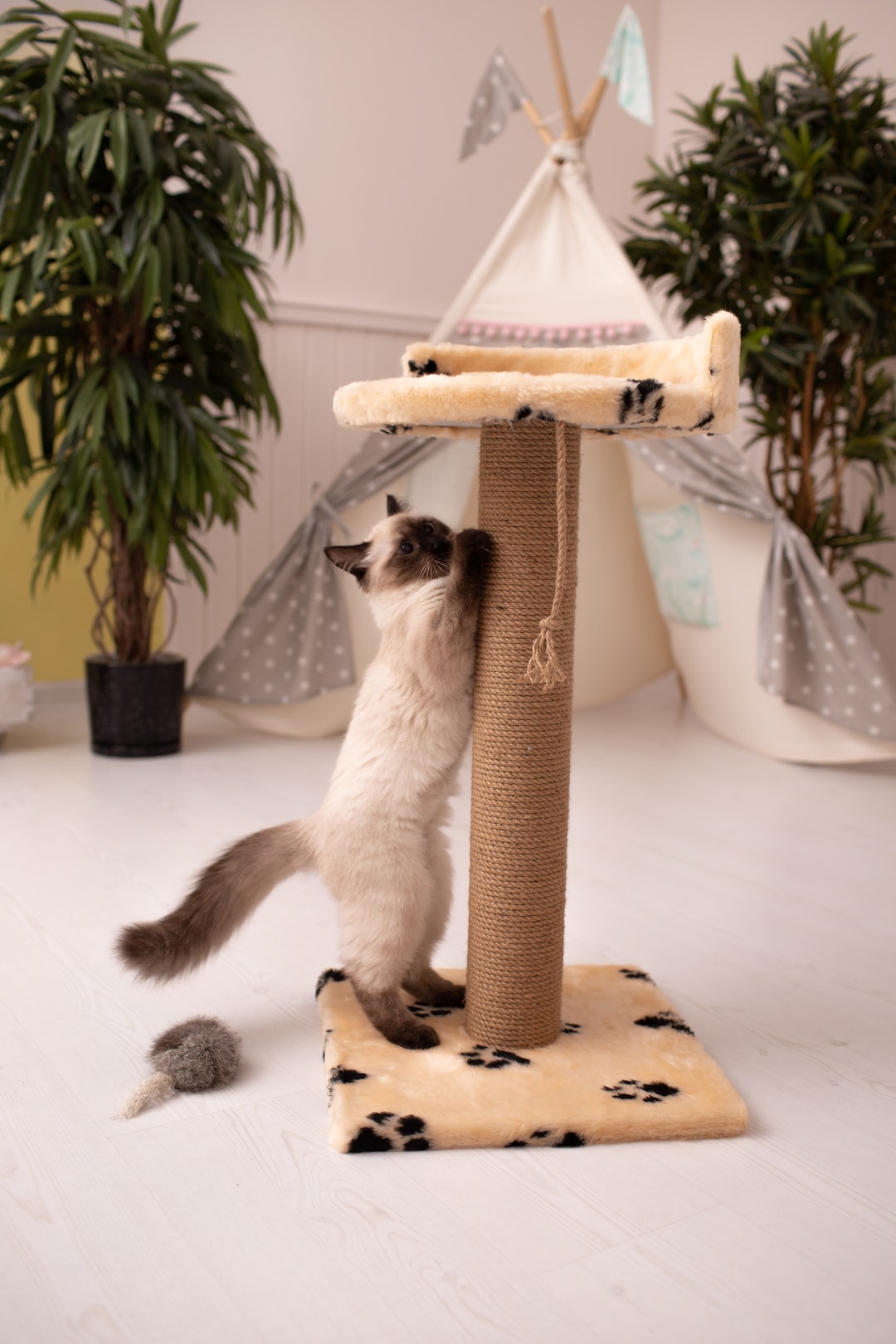Understanding Your Cat’s Body Language
Anyone who has ever owned a cat knows that these furry creatures have a language all their own. Although they may not speak in human words, they communicate through their body language. Being able to read and understand these signals is essential for building a strong bond with your feline companion. By becoming familiar with their body language, you can better understand their needs, desires, and emotions.
One of the first things you need to understand is that cats are highly expressive creatures. Their body language can convey a wide range of emotions, including contentment, fear, aggression, or affection. By paying attention to their behaviors, you can decipher their moods and respond accordingly.
The tail is perhaps one of the most important body parts to watch. A relaxed, gently swaying tail usually indicates contentment and relaxation. If the tail fluffs up or stands straight up, your cat may be feeling scared or angry. Conversely, if they wag their tail rapidly, like a dog, it may suggest excitement or anticipation.
Cats also use their eyes to express their emotions. Wide-open eyes with dilated pupils generally indicate excitement, aggression, or fear. On the other hand, half-closed eyes while being gently blinked at you is a sign of trust and affection. If your cat stares at you with narrowed pupils, it could mean that they are feeling threatened or annoyed.
Ear position is another key indicator of a cat’s mood. Ears that are alert and facing forward show that they are focused, interested, or curious. When a cat’s ears are flattened against their head, it usually signifies fear or aggression. However, if you notice that only one ear is flattened while the other is upright, your cat may be experiencing confusion or uncertainty.
Finally, observing your cat’s body posture can give you valuable insights into their emotions. A relaxed, loose posture suggests that they feel comfortable and secure. However, an arched back, raised fur, or a puffed-up tail is a clear sign of fear or aggression. Additionally, a cat that is crouching low to the ground may be preparing to pounce or exhibit defensive behavior.
Understanding your cat’s body language goes a long way in improving your relationship with them. By recognizing their signals and adjusting your behavior accordingly, you can create a more harmonious and comfortable environment for both of you. Remember, cats are unique individuals, and their body language may vary slightly from one cat to another.
In conclusion, observing and interpreting your cat’s body language is crucial to better understand their needs and emotions. By paying attention to their tail, eyes, ears, and posture, you can decipher their moods and communicate effectively with them. This understanding will allow you to forge a stronger bond with your feline friend. So, keep a close eye on your cat’s body language and enjoy the benefits of a harmonious relationship with your furry companion.
Keywords: Animal Bargain
************
Want to get more details?
https://www.animalbargain.com
https://www.animalbargain.com
519-398-1831
428 Forman Avenue
An Online Pet Store with over 300 Indie Brands and 5000 Products for Sale for you!

